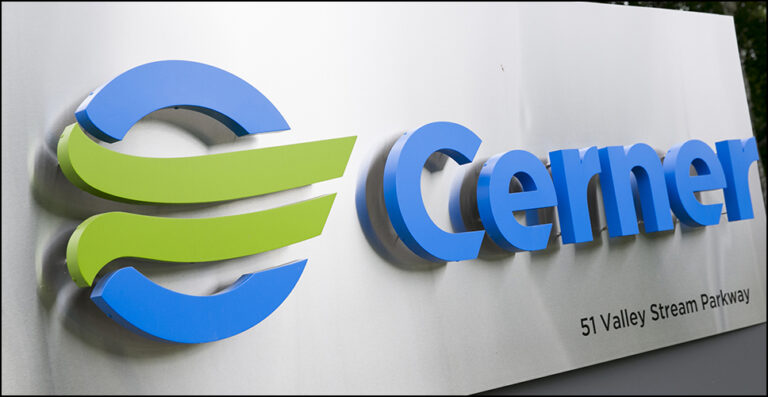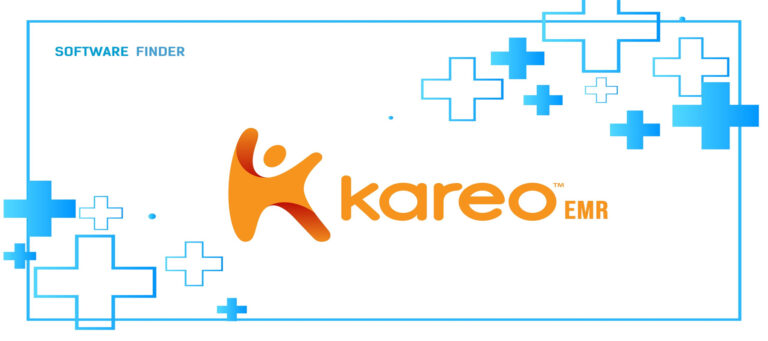The Importance of Specialized EMR for Dermatology
While general EMR systems can offer basic functionality, dermatology practices benefit significantly from specialized solutions tailored to their unique needs.
Dr. Michael Chen, a practicing dermatologist in San Francisco, notes,
“Having an EMR system that speaks our language makes a world of difference. It’s not just about digitizing records; it’s about having a tool that understands and supports our specific workflows.”
Key Features to Look For
When evaluating EMR software for your dermatology practice, consider the following essential features:
- Customizable dermatology-specific templates
- Integration with imaging devices and digital dermoscopy
- Body mapping and lesion tracking tools
- Before and after photo comparisons
- Procedure and treatment planning modules
- Dermatopathology integration
- Cosmetic procedure management
The Benefits of Implementation
Implementing a dermatology-specific EMR system can yield numerous benefits:
- Improved clinical documentation accuracy
- Enhanced patient care through better record-keeping and follow-up
- Increased practice efficiency and reduced paperwork
- Better coordination of care with other healthcare providers
- Simplified billing and coding processes
- Access to data analytics for practice management
Dr. Lisa Patel, a dermatologist who recently implemented an EMR system, shares,
“The transition was challenging at first, but the benefits have been undeniable. We’re able to see more patients without sacrificing quality of care, and our documentation is more thorough than ever.”

Understanding the Costs of Dermatology EMR Software
The cost of EMR systems can vary widely based on factors such as practice size, required features, and deployment model.
Here’s a breakdown of typical costs:
| Deployment Model | Cost Structure | Typical Range |
| Cloud-based EMR | Monthly subscription | $300 – $1,000 per provider |
| Per encounter charge | $0.50 – $2 per patient visit | |
| On-premise EMR | One-time licensing fee | $5,000 – $25,000 per provider |
| Annual maintenance fee | 15-20% of licensing cost |
Cloud-Based vs. On-Premise Dermatology EMR Solutions
| Aspect | Cloud-Based EMR | On-Premise EMR |
| Upfront Costs | Lower | Higher |
| Maintenance | Handled by vendor | Practice responsibility |
| Accessibility | Any internet-connected device | Local network only |
| Data Control | Vendor-managed | Practice-managed |
| Internet Dependency | Required | Not required for local access |
Implementation and Training
Successful implementation of an EMR system requires careful planning and execution. Key steps include:
- Allow for a 3-6 month implementation process
- Allocate sufficient time and resources for staff training
- Consider hiring a dedicated EMR coordinator
- Develop a data migration strategy for existing patient records
- Create standard operating procedures for EMR use
Dr. James Wilson, who recently led an EMR implementation, advises,
“Don’t underestimate the time and effort required for a smooth transition. Invest in comprehensive training for your staff, and be prepared for a temporary dip in productivity as everyone adjusts to the new system.”
Compliance and Security
Ensure that your chosen EMR solution meets the following criteria:
- HIPAA compliant
- ONC-ATCB certified
- Regularly updated to meet changing regulations
- Equipped with robust data encryption and access controls
Looking to the Future
Emerging trends in dermatology EMR include:
- Integration of artificial intelligence for lesion analysis
- Enhanced telemedicine capabilities
- Patient engagement portals and mobile apps
- Integration with wearable devices for skin monitoring
- Advanced analytics for population health management
Dr. Emily Rodriguez, a dermatologist and healthcare technology consultant, predicts,
“In the coming years, we’ll see EMR systems that not only manage records but actively assist in diagnosis and treatment planning. The potential for improving patient outcomes is enormous.”
When selecting an EMR system for your dermatology practice, take the time to thoroughly assess your needs, budget, and long-term goals.
Request demos from multiple vendors and involve your staff in the decision-making process. With the right EMR solution, your practice can enhance patient care, improve efficiency, and position itself for success in the evolving landscape of healthcare technology.







Leave a Reply